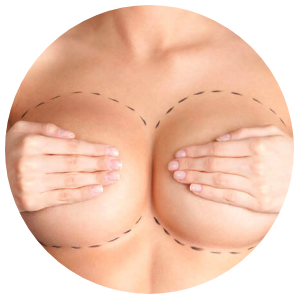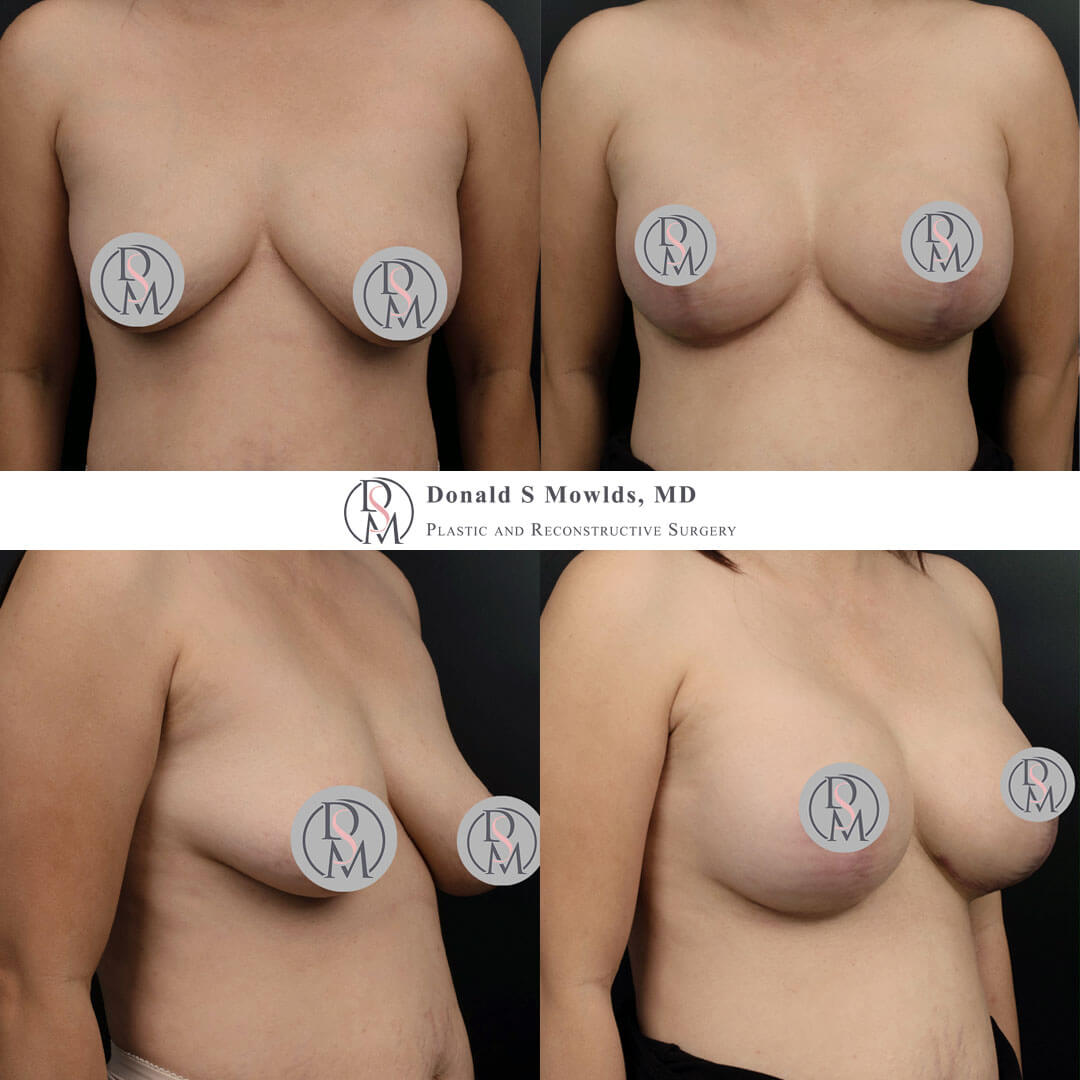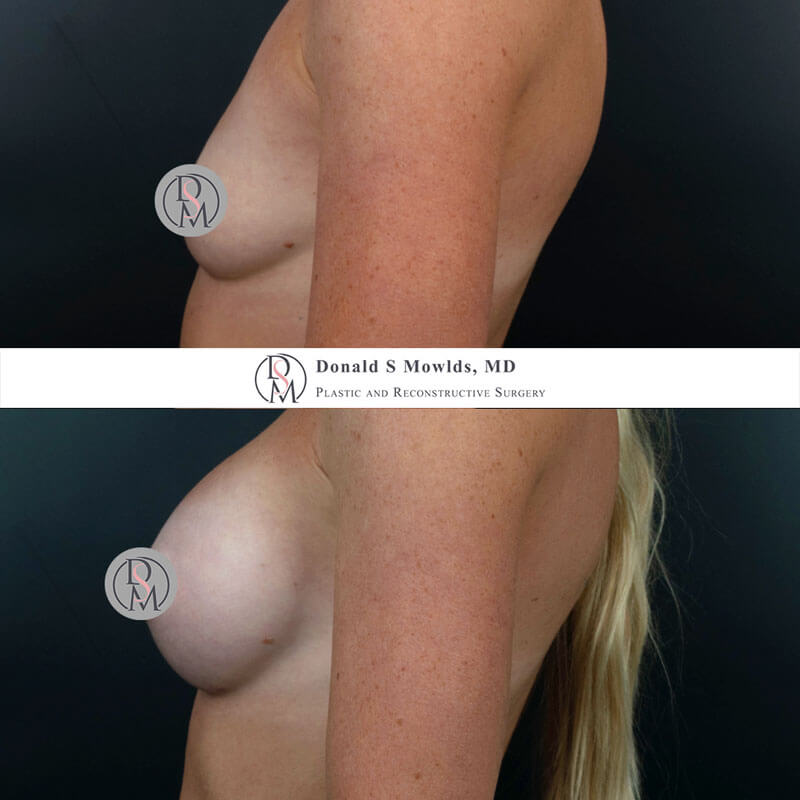
Breast Augmentation Procedure
ENHANCING BREAST VOLUME & SHAPE
Breast augmentation, often referred to as a boob job, utilizes silicone or saline implants to enhance both breast volume and shape. The goal is to create a natural appearance that compliments your existing body shape. Beautiful breasts, according to you.
What to Expect
All procedures are done in a balanced and natural esthetic.
Consultation
Breast augmentations involve an in-depth consultation where we will thoroughly review your goals and expectations. Patients are encouraged to bring photographs of several breast augmentation results that best represent their desired look.
During your consultation, many measurements are recorded, which ultimately facilitate implant choice. Several other factors must be taken into account including chest wall shape, desired appearance (cleavage, upper breast fullness), current breast volume and the capacity of the skin to accommodate an implant. Implants are either silicone or saline, and this is a decision that we will make together. Breast implants have been rigorously studied, demonstrating saline and silicone to have equivalent safety profiles.
Surgery
Surgery is performed at an accredited surgery center in Newport Beach, California, USA and typically lasts 1.5 hours. Under the care of a Board Certified Anesthesiologist, general anesthesia (fully asleep) is used to ensure maximal comfort and safety.
The incision is placed at the breast crease (inframammary fold), the armpit (transaxillary) or around the nipple (periareolar). The risks and benefits associated with each incision will be thoroughly discussed in order to determine which approach will work best for you. Implants are almost always placed below the chest wall muscle; maximizing the soft tissue coverage and minimizing the chance of implant visibility.
Recovery
Patients are discharged home the same day and generally experience very minimal discomfort, often returning to work in the days following surgery. I put all of my breast augmentation patients on an enhanced recovery plan. This involves an immediate return to light everyday activities, which promotes muscle activity and blood flow, preventing lasting discomfort. I ask my patients to gradually resume their exercise regimen over 3-4 weeks following the procedure in order to ensure optimal healing.
Results
The increase in breast volume will be apparent immediately following surgery. Breast implants initially appear high on the chest wall, eventually settling into a more natural position following a gradual relaxation in the skin beneath the nipple. The results are expected to be long lasting provided patients’ native breast tissue doesn’t undergo significant change (i.e. pregnancy).
Breast implants are not considered lifetime devices, which means at some point they will need to be replaced. The longevity of the implants is difficult to predict and varies by patient. Saline implant rupture manifests as a complete deflation of the breast, while detection of a silicone implant leak may require further investigation.
FAQs
Before & After
Stunning, natural breast augmentation results from patients.
Request a Consultation
BREAST AUGMENTATION
Receive an in-depth consultation where we will thoroughly review your goals to personalize a plan focused on a natural and aesthetic result. Dr. Donald S. Mowlds, MD is located in beautiful Newport Beach, CA but is also available via a virtual consultation for out-of-town patients.
Breast Procedures
All procedures are done in a balanced and natural esthetic.








